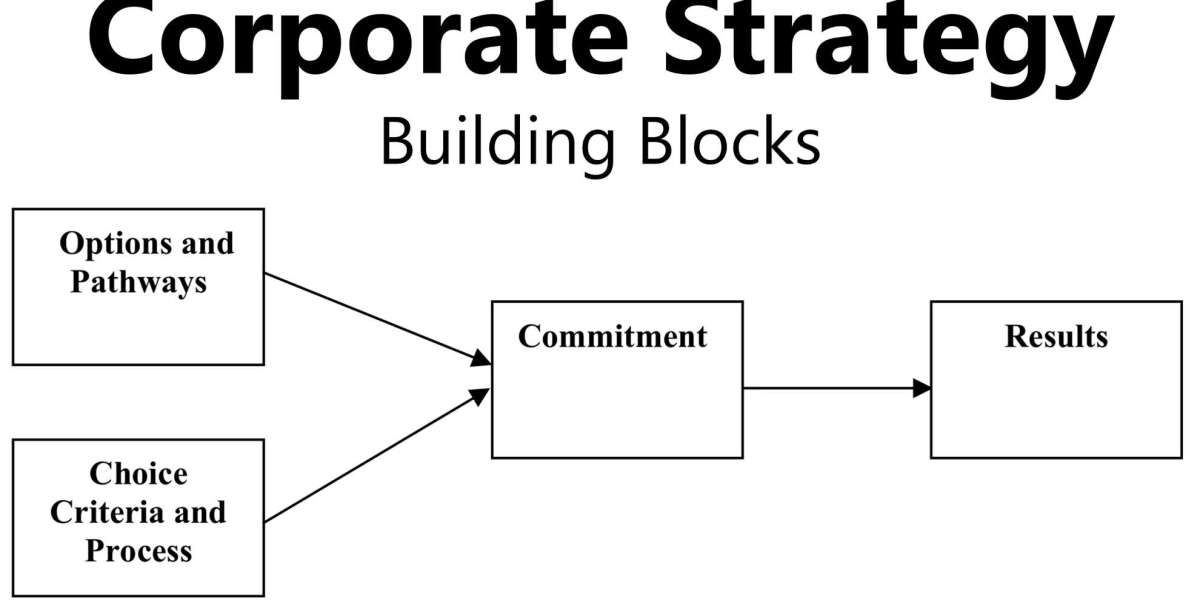Among the diverse range of RC military vehicles, the RC tank holds a special place, combining historical majesty with modern technological innovation. These scaled-down behemoths capture the imposing presence of their real-world inspirations, from the classic Sherman and Tiger I of World War II to the modern Abrams and Leopard 2. Operating an RC tank is about more than just driving; it's about commanding a piece of mobile history. The satisfying rumble of their tracks, the slow, purposeful traverse of the turret, and the potential for simulated combat create a uniquely engaging hobby that appeals to history enthusiasts, engineers, and strategists alike.
The realism of modern RC tanks is astounding. High-quality models feature full metal tracks and drive systems, powerful gearboxes, and suspension that articulates over obstacles just like the real thing. The turret is often the centerpiece, with a main gun that can elevate and depress and a coaxial machine gun for added detail. Many models are equipped with a recoil system that physically jolts the gun backward when fired, accompanied by a flash from the barrel and a sound effect. The pinnacle of this realism is the infrared (IR) battle system. Tanks equipped with an IR emitter can "shoot" at opponents, which have IR receivers. A successful hit is registered by a hit indicator and often temporarily disables the target's functions, adding a layer of tactical gameplay.
Driving an RC tank is a different experience from operating a wheeled vehicle. The use of tracks, controlled by independent motors for each track, allows for incredibly precise movement. This includes the ability to pivot in place by driving one track forward and the other backward, a maneuver known as neutral steering. This control scheme requires practice to master, especially when navigating complex terrain like gardens, gravel paths, or custom-built dioramas. The slow, powerful, and deliberate nature of tank movement is a key part of the appeal, offering a more methodical and strategic driving experience compared to the high-speed thrills of an RC car.
The community and competitive aspects of the hobby are also major draws. Enthusiasts often gather for "tank days" where they can drive their models together and engage in IR battles. These events can be casual meet-ups or organized tournaments with specific rules and classes. For many, the hobby extends beyond driving into the realms of modeling and customization. This involves painting and weathering tanks to achieve a battle-worn look, adding custom stowage, or even modifying the electronics for better performance. For those looking to enter this commanding hobby, selecting a detailed and robust RC Tank from a reputable source is the first step toward building your own armored battalion.
In the end, the hobby of RC tanks offers a deeply satisfying blend of historical appreciation, mechanical fascination, and social interaction. It provides a hands-on connection to engineering principles and military history that is both educational and immensely entertaining. The sight and sound of a fully operational, scale-model tank navigating a challenging landscape is a powerful experience. Whether you're engaged in a friendly skirmish or simply enjoying the engineering marvel in your hands, commanding an RC tank provides a unique and rewarding pastime that continues to captivate hobbyists around the world.





